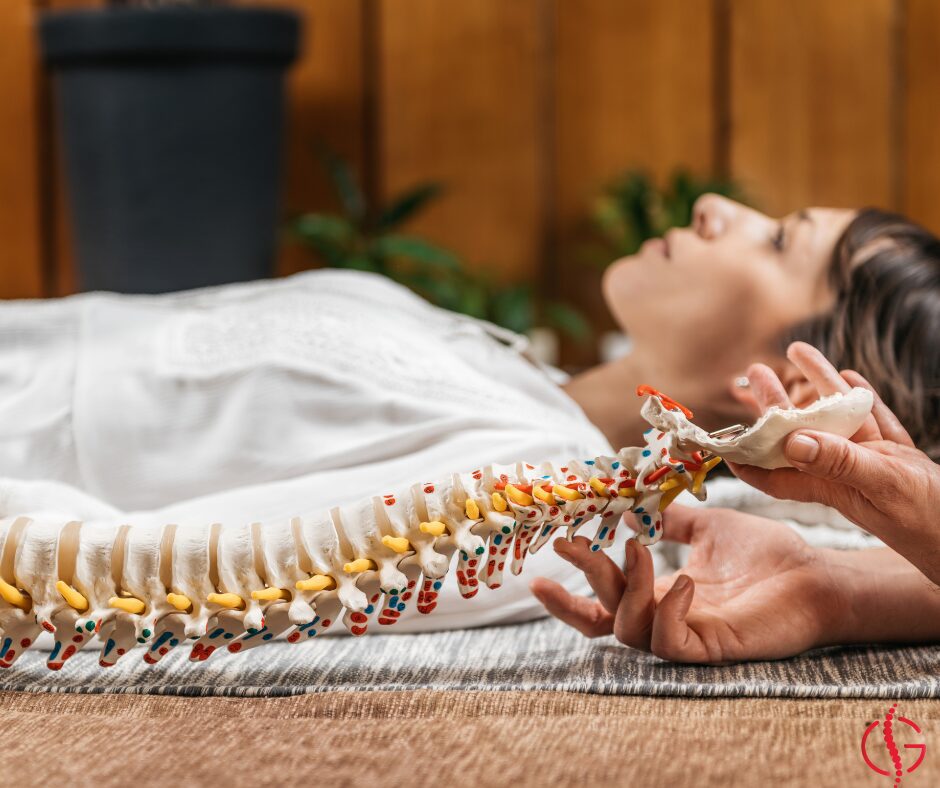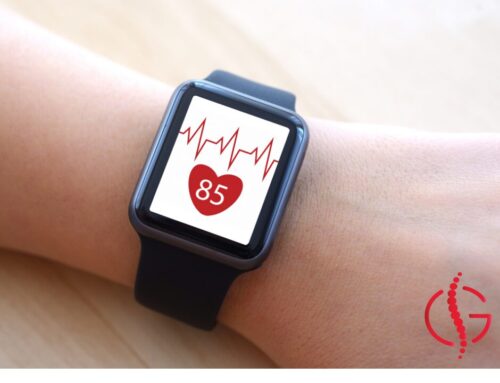The Sound of you- Getting Younger!
Most everyone has heard of or seen the mini-series “Crack Addict”. While we are happy there is a show
depicting what our daily lives are like (sort-of), let’s discuss the “crack” and why we “crack”; as well as how we can resolve the addiction.
What is the chiropractic adjustment crack sound?
When a chiropractor delivers an adjustment, it is often (but not always) accompanied by a “crack”. Getting an “audible” is closer to professional parlance. But what is it and why should you get “cracked”?
The “crack” sound of an adjustment reflects a release within the joint. The joint that needs to be adjusted has an alignment problem but more importantly a motion problem. The joints of the human body are unique among tissues in that they don’t enjoy blood flow to maintain their life processes. The articulations of the body are avascular structures with a respiratory process that is fed by motion at the joint. The joint that isn’t moving isn’t breathing.
Why do chiropractor adjustments make a “pop” noise?
It is observed that the release of the immobile joint upon adjustment can be accompanied by a release of the accumulated carbon dioxide (that should have been cycled out and replenished by oxygen) not unlike the opening of a bottle of champagne- but smaller, resulting in a “pop”.
Can you become addicted to a chiropractic adjustment?
So much for the crack. What about the addict? The joint that can’t move normally isn’t simply “suffocating”, it is depriving the brain of crucial position information, or proprioception. Altogether, it can be found that the person who gets adjusted and needs it again can crave it, with some good reason. It is not an unfair criticism of the Chiropractic process to be concerned that “once you go, you have to keep going”.
The Grovetown Chiropractic approach
We take that very seriously here at Grovetown Chiropractic and every other Chiropractor should, too. From day one our objective with every patient is not simply to make an adjustment- but seeing that the patient stays adjusted. The high bar for the process here is for the patient to understand their own frames and arrive at a self-care culture where staying well on your own is a real possibility. The Chiropractor then becomes a supporting resource that is required on an as needed basis.
Is the chiropractic crack really that loud?
Most videos you see of loud adjustments have a microphone right next to the joint being moved, and very often it is not as loud as heard in the videos. When it is your joints being moved it may seem almost as loud as the videos, but it is rarely that dramatic.
The sound of an adjustment: your body getting younger
When we deliver an adjustment here in the clinic it is almost always depicted not in the context of a “bone out of place” or “an alignment”- both of which are usually valid descriptors- but as an intervention at a joint/articulation which allows normal motion again. The problem wasn’t that you were out of line or that you had a bone out of place-but that it couldn’t move back by itself! The person that gets adjusted and stays adjusted has recovered normalization of motion, gait, bearing and, as such, performance and durability. The sound of an adjustment is the sound of you getting younger!
Written by: Donaid Seals D.C
Dr. Seals is a practicing Doctor of Chiropractic with over 25 years of experience caring for people. His thinking is the product of his education, practice experience and many years in the natural foods and fitness industry. He has become living proof that old muscleheads don’t die-or fade away; sometimes they grow up to bring real-world expertise to the clinical picture. Traditional background information is available here.



